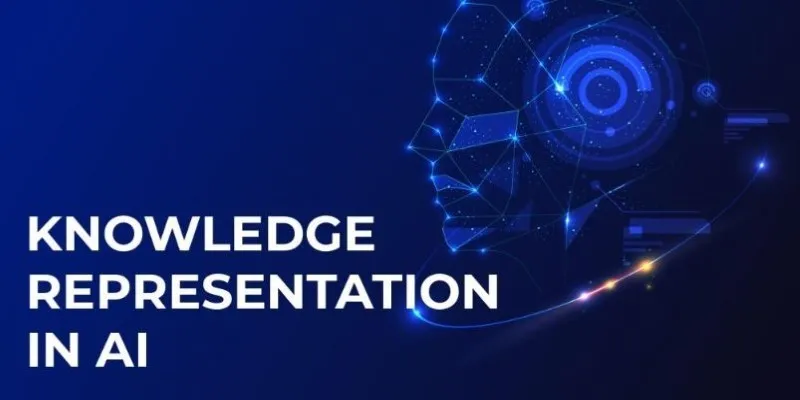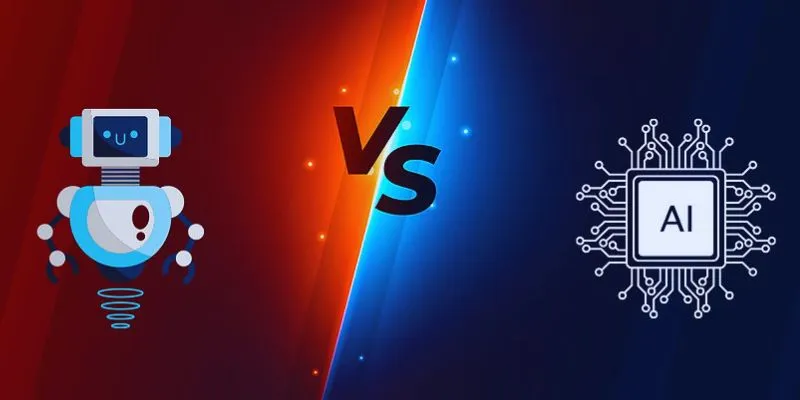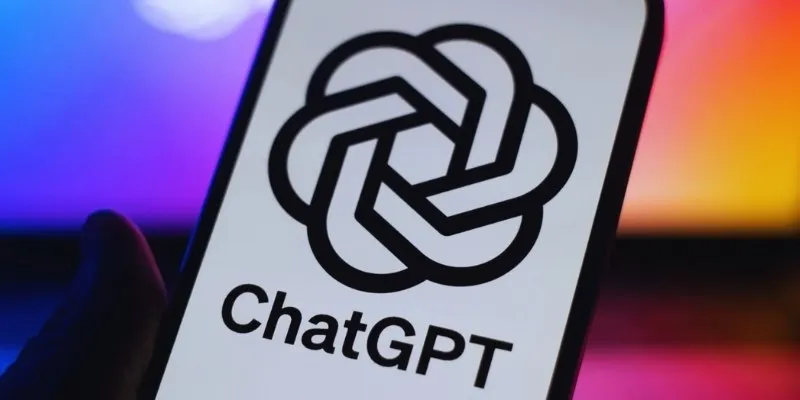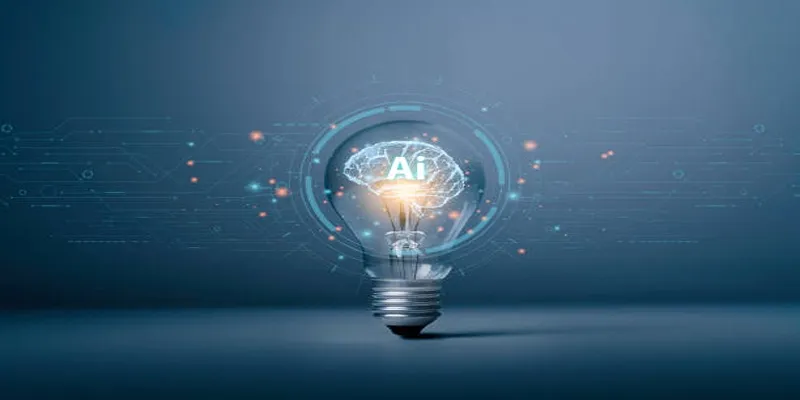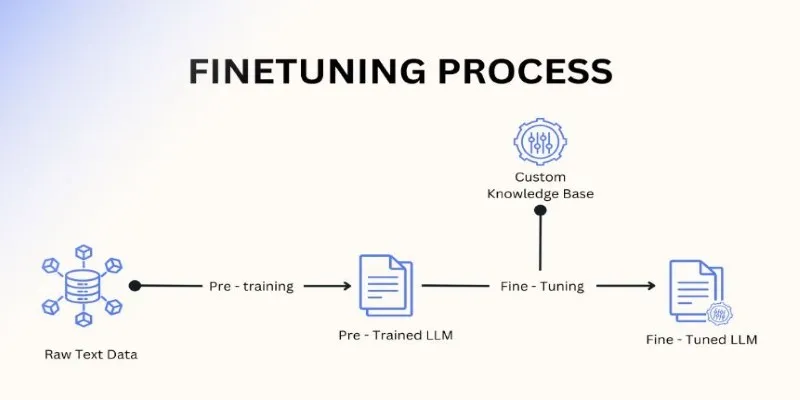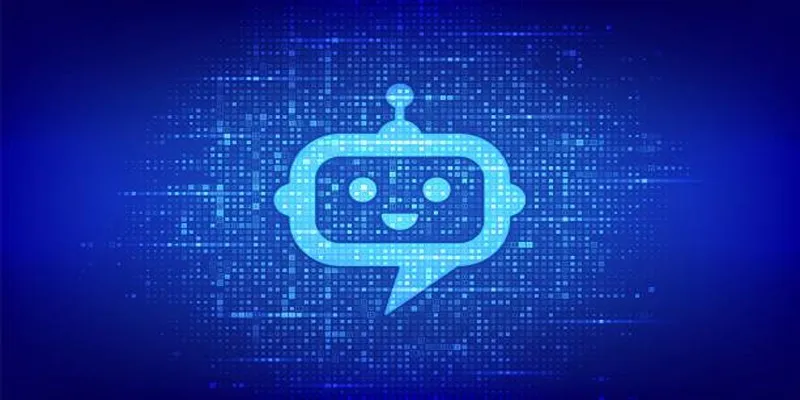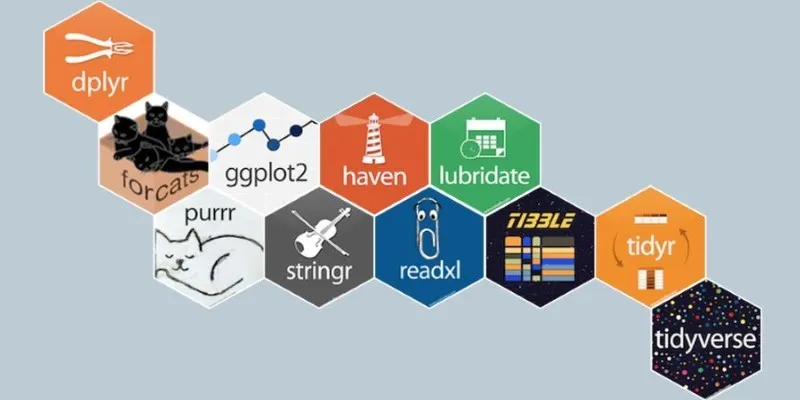AI content detectors claim to identify AI-generated text, but they frequently fail, impacting businesses, writers, and students. Due to their lack of precision, these tools often produce false positives and unwarranted concerns. Many reliable sources have raised doubts about their dependability. Even OpenAI acknowledges the difficulty in accurately identifying AI-generated content. Over-reliance on these tools can compromise your reputation.
False findings can misclassify human-written content as AI-produced, leading to unfair penalties and missed opportunities. Companies using AI detectors risk making poor decisions based on faulty data. Instead, focus on originality and quality writing rather than relying on AI content detectors. Employ ethical AI support, fact-checking, and thorough research. This approach minimizes the risks of erroneous detection while enhancing content quality.
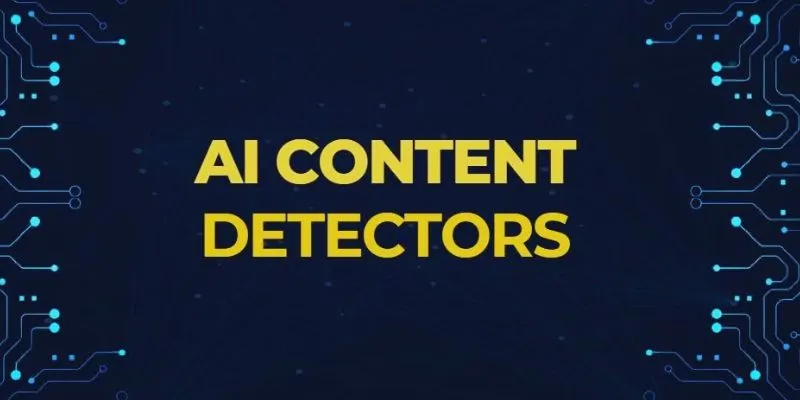
Why AI Content Detectors Are Unreliable?
AI content detectors rely more on patterns and probability than genuine understanding. They analyze sentence structure, word choice, and predictability to determine AI involvement. However, these methods are unreliable and easily deceived. Many human authors use clear, structured writing, which AI might misinterpret as machine-generated. Simultaneously, AI- generated text can be altered to avoid detection, rendering these tools ineffective and unreliable.
Experts have noted these limitations. Studies reveal that AI detectors often incorrectly label original human writing as AI-generated. Non-native English speakers and students are frequently flagged erroneously. In professional environments, this can lead to lost credibility and unwarranted academic penalties. Companies relying on these tools risk overlooking high-quality material based on incorrect AI classifications. Manual review and professional opinion surpass reliance on these flawed tools.
The Risks of False Positives in AI Detection
False positives are a major issue with AI content detectors. If human-written material is misidentified as AI-generated, the consequences can be severe. Businesses, students, and writers all face unnecessary penalties. Educational institutions widely use AI detectors for reviewing student work. However, these tools often misidentify original writing. Students who have honestly written their papers may face accusations of academic dishonesty.
False positives can damage content authors’ reputations. Credibility and trust can suffer if a blog post or article is mistakenly classified as AI-generated. Companies relying on AI detectors may reject quality material, missing out on opportunities. Manual review is a more reliable strategy than solely relying on AI detectors. Experienced editors and plagiarism checkers can more accurately confirm originality, ensuring better content evaluation and avoiding erroneous accusations.
The Ethical Concerns of AI Content Detection
AI content detectors raise ethical concerns. Despite their flawed logic, they influence professional and academic decisions, often leading to unfavorable outcomes. Many students face penalties due to poor AI detection. Institutions relying on these technologies can impose unfair penalties even on original work. This issue also affects job seekers and freelance writers, as errors in AI identification can cost them job opportunities.
Bias is another concern. Non-native English speakers often write in ways that AI mistakes for machine-generated language. This unfairly limits their career and educational progress, affecting their quality of life. Businesses and organizations should use alternative approaches rather than relying on inconsistent AI detection. Evaluating factual accuracy, using human plagiarism checks, and applying human judgment ensure fair assessments. Ethical content review must prioritize accuracy over automation.
Better Alternatives to AI Content Detectors
Due to the unreliability of AI content detectors, better strategies are needed. Companies and writers should focus on enhancing content quality instead of relying on flawed AI detection systems. One effective approach is manual review. Proofreading and professional editing provide more accurate evaluations of originality than AI. Proofreaders fact-check material and recognize genuine writing styles. Plagiarism checkers are also useful, as they compare material against existing sources, ensuring originality without relying on pattern-based AI analysis.
Consistent referencing policies help academic institutions and students verify authenticity. Encouraging creative research and critical thinking promotes academic integrity without flawed AI detection methods. Human oversight benefits companies as well. Trained experts can assess accuracy, content quality, and engagement better than AI detectors, reducing false positives and enhancing decision-making.

How to Ensure Your Content Is Seen as Original
If you’re concerned about AI detection, there are strategies to ensure your work is recognized as original. The key is to maintain a personal writing style and adhere to high standards for originality. Introduce original ideas and personal insights. AI-generated text often lacks depth and a human touch. Incorporating creative ideas distinguishes human writing. Another strategy is varying sentence structures. AI tends to produce predictable patterns, so mixing short and long sentences gives the content a more natural flow.
Additionally, fact-checking and referencing authoritative sources are valuable. Including expert opinions and studies enhances authenticity, increasing engagement and credibility. Editing tools can improve content without making it appear AI-generated. Expert editors or writing assistants can enhance readability and maintain a natural tone. These strategies enhance the value of content, making it harder for AI to mistakenly classify it as AI- written.
Conclusion
AI content detectors are unreliable and can harm credibility. False positives can wrongly accuse students and authors of using AI-generated material. Companies relying on these tools risk rejecting quality work due to faulty detection. Prioritize originality and manual evaluation instead of using AI content checkers. Human editing, fact-checking, and plagiarism detection ensure better content evaluation. Ethical content evaluation should prioritize justice over automation. Good writing results from skill and effort, not AI labeling. While human judgment increases accuracy, reliance on AI detectors can lead to errors.
 zfn9
zfn9


